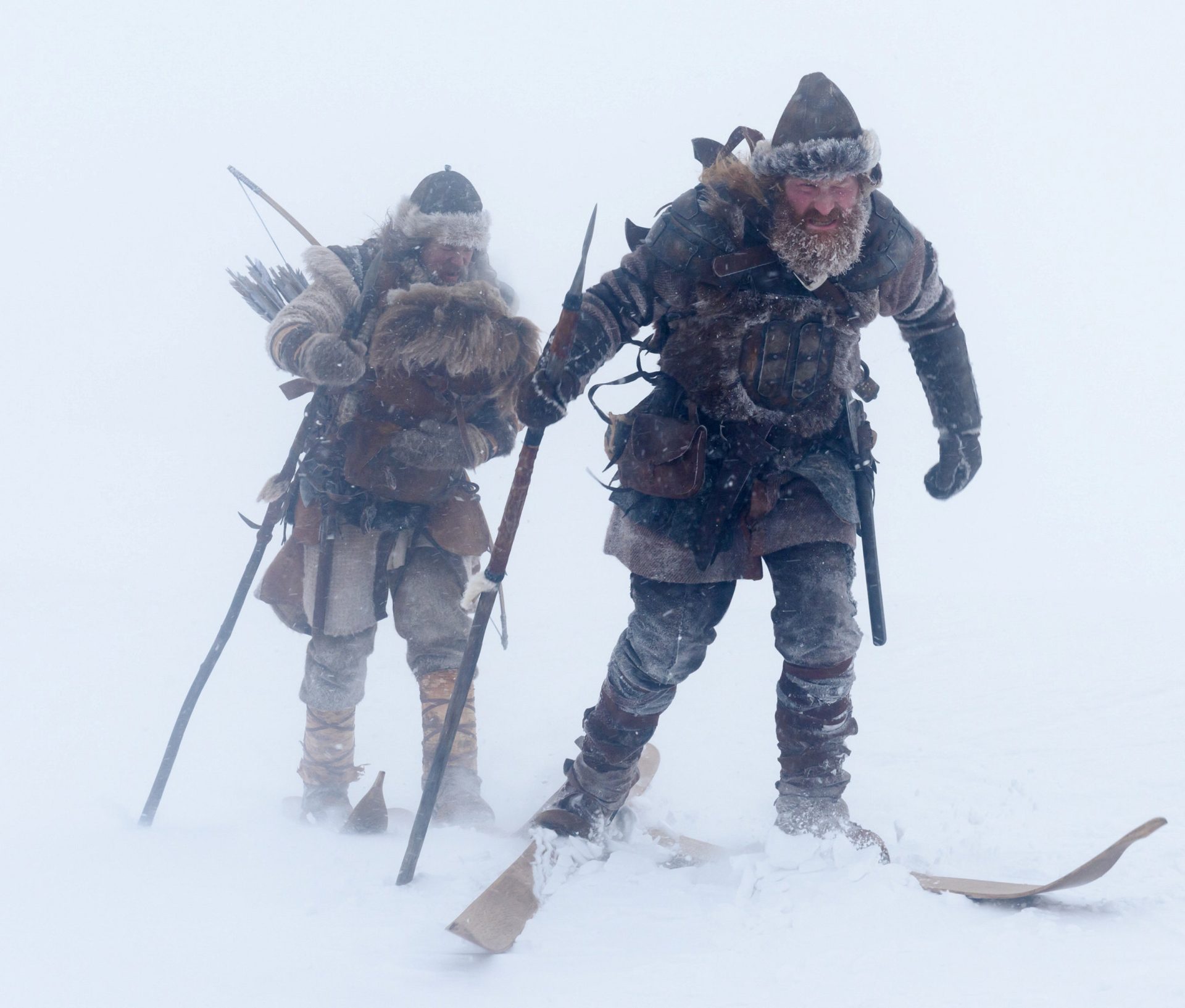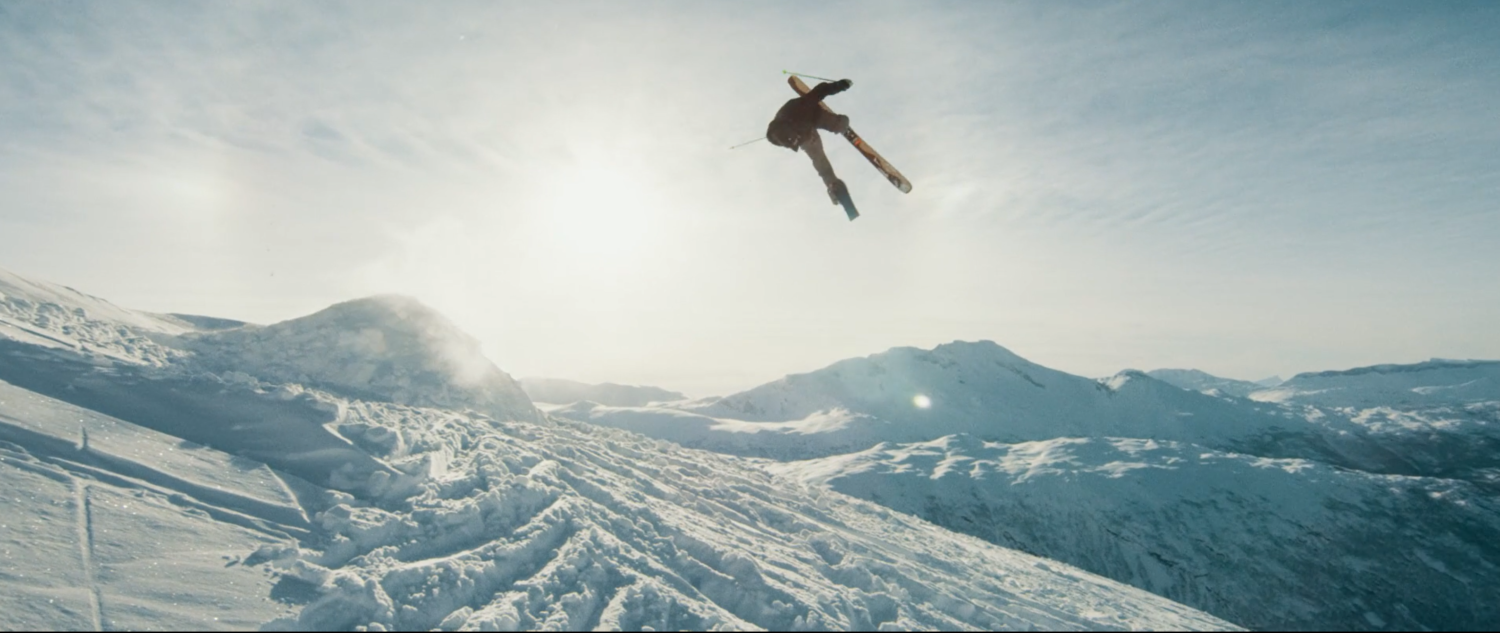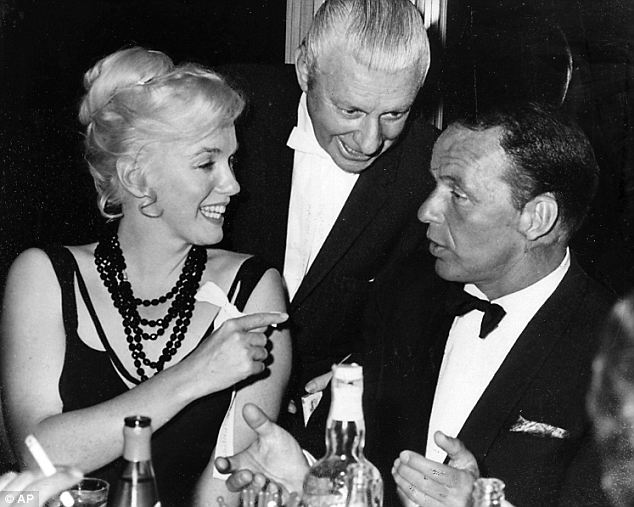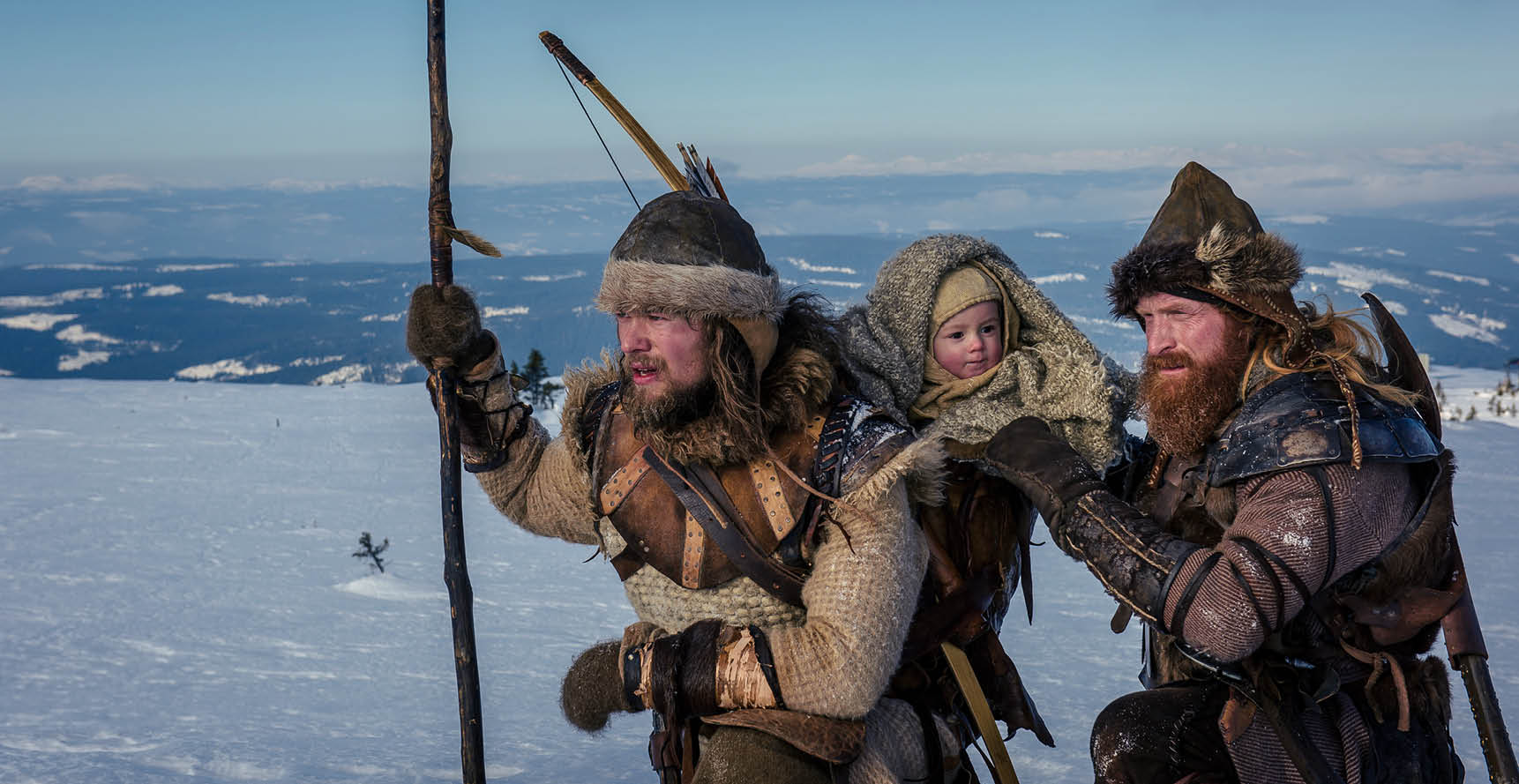
In the depths of a Norwegian winter in the year 1206, two warriors strapped wooden skis to their feet and raced across snow-covered mountains for miles, a precious cargo in their arms: the infant crown prince. Their heroic journey from safely from Lillehammer to Østerdalen and from there to Trondheim, is commemorated to this day eight centuries later for the two warriors carried none other than Prince Håkon Håkonsson, who would grow up to become one of Norway’s most important kings. The two warriors were members of the Birkebeiner political-military faction. Birkebeiner, which means “birch-legs” in English, were one of two rival parties during Norway’s civil wars from 1130-1240. They were called birch-legs after the birch‑bark leggings worn by the faction’s original, mostly poor, fighters. The Birkebeiners supported the infant Håkon Håkonsson’s claim to the throne against the Baglers, who were backed by the Church and foreign interests.
Back in 1206, as Norway was fractured by civil war, the young prince’s life was in danger. The one-year-old Håkon Håkonsson was the illegitimate, but first born, as well as only son of King Håkon, who had died just a few months after his son’s birth. When intelligence reached the Birkebeiners that large Bagler forces were advancing on their stronghold, they realized the child would be captured or killed. Rather than risk a siege and the young prince’s death, two of their best skiers—Torstein Skevla and Skjervald Skrukka—volunteered to spirit Prince Håkon across the mountains to reach safety in the north in an epic 200 kilometer (120-mile) trek across snow. Historical sources describe the journey as harrowing: deep snow, fierce winds, and the constant threat of Bagler pursuit. One of the men reportedly broke a ski, and the weight of the child and the urgency of the mission made the feat all the more extraordinary. The rescue succeeded. Håkon was hidden and later raised by the Birkebeiners, eventually ascending to the throne in 1217 at the young age of 13. His reign would mark the end of Norway’s civil war era and the beginning of a more unified and prosperous kingdom.
The Birkebeinerrennet was first held in 1932, inspired by this legendary feat. Organized by the Norwegian Ski Federation and local clubs, the race was meant not just to test physical stamina but to honor a moment that shaped the nation’s history. From the beginning, authenticity and symbolism were central. The mandatory backpack pays tribute to the weight of young Håkon. The route—while not exactly the path taken in 1206—cuts through similarly rugged terrain between the towns of Rena and Lillehammer, climbing over 1,100 meters (3,600 feet) in elevation.
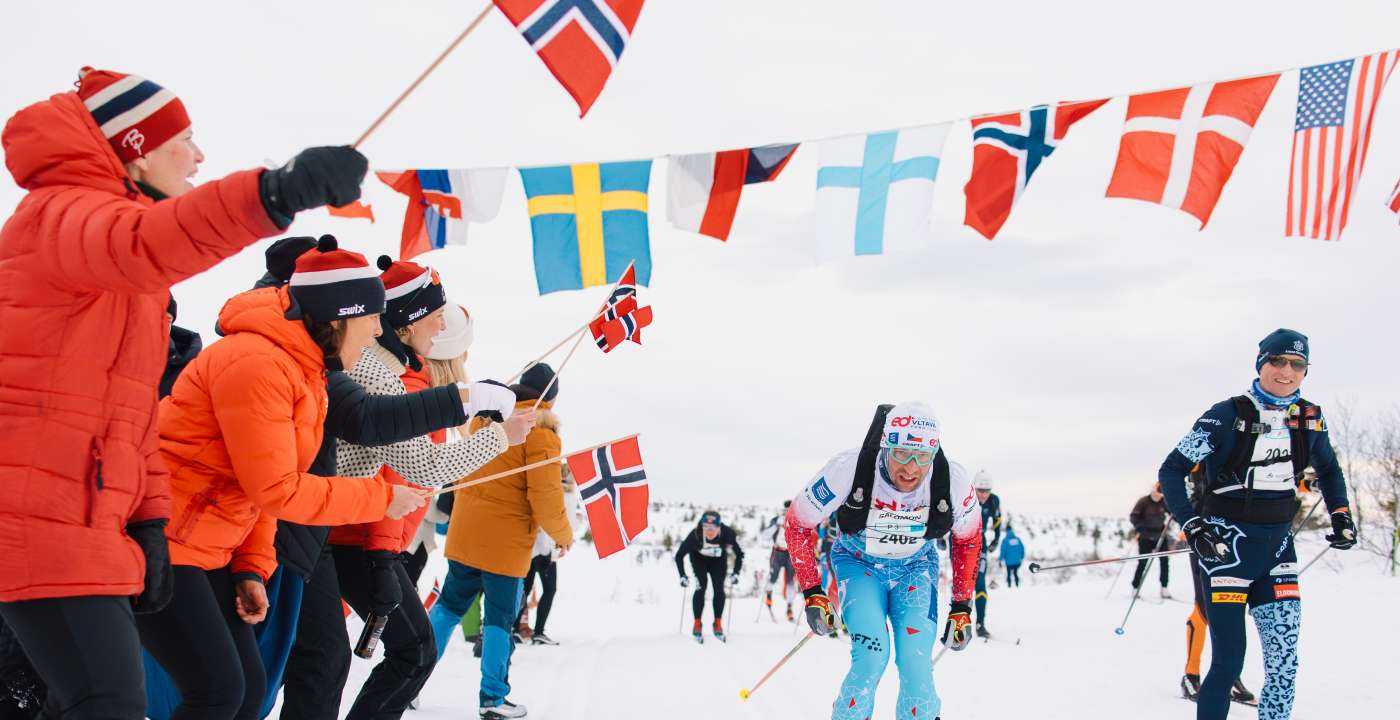
Today, the Birkebeiner race is one of Norway’s most famous cross-country races in the world and is part of the “Worldloppet” circuit. Held annually in March, the 54-kilometer (32-mile) cross-country ski marathon from Rena to Lillehammer draws over 10,000 participants. Every skier is required to carry a backpack weighing at least 3.5 kilograms—a symbolic stand-in for the young prince whose life once hung in the balance. In addition, an American version was started in 1973 in Wisconsin, often fondly called “the Birkie.”
In the U.S., the American Birkebeiner in Wisconsin—modeled directly on the Norwegian original — draws another 10,000 skiers each year and has quickly become North America’s biggest cross-country ski events. The race features its own historical reenactments and costumes, celebrating the Norwegian roots of many Midwestern communities. The race takes place between the towns of Cable and Hayward in Wisconsin and several distances are offered. The Birkie, however, is not just a race in Wisconsin, is also a celebration of the many Norwegian settlers who brought skiing to the United States from Wisconsin to the Sierra and laid the foundation for skiing across the nation.
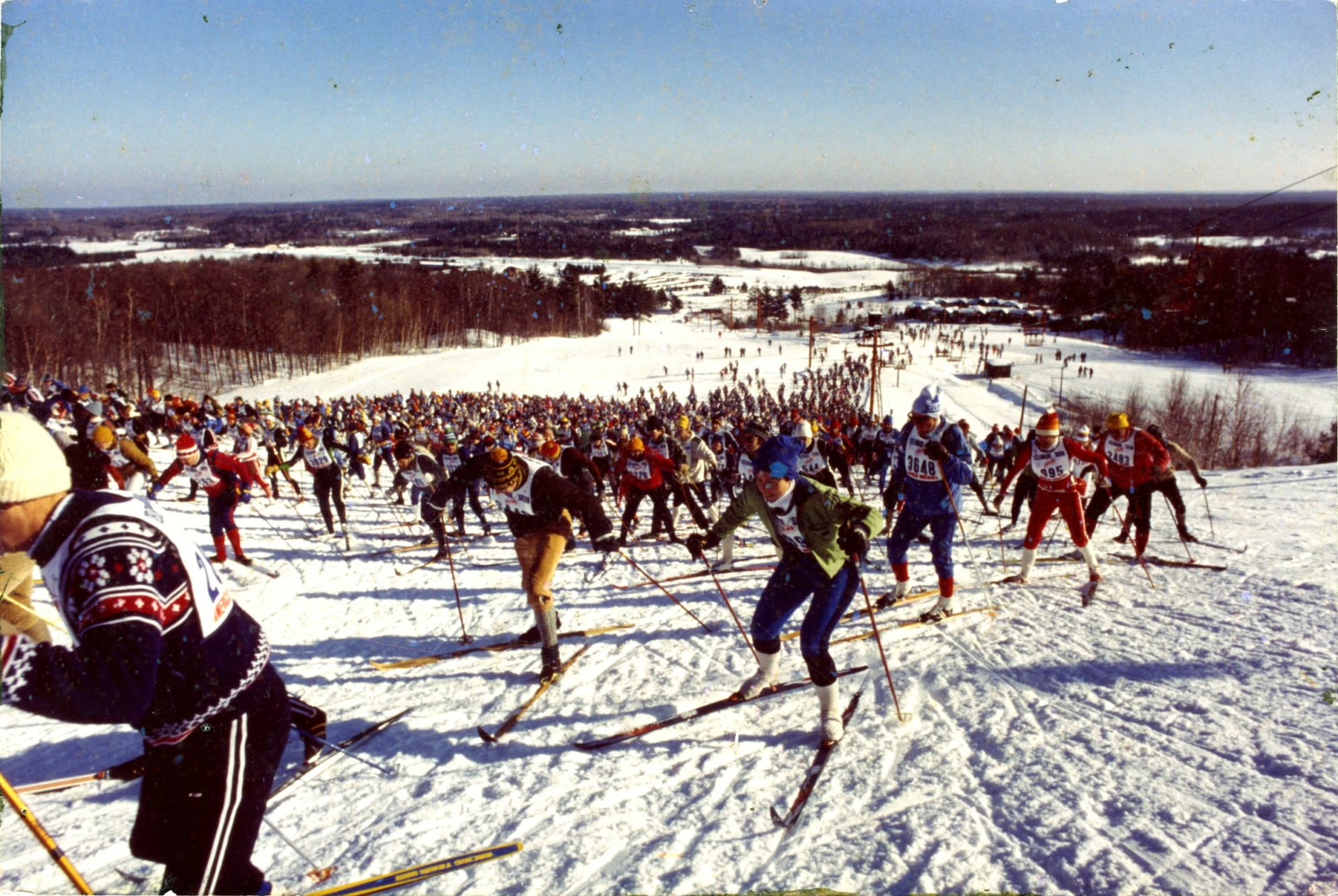
More than 800 years after a young child was skied to safety through a war-torn kingdom, the Birkebeiner race continues to honor that journey in both Norway and Wisconsin. In Norway, in particular, the legendary feat has become engrained in the nations identity. “This is not just a race. It is a tribute,” Lars Einarsson says, a historian at the Norwegian University of Science and Technology. To this day, Norway is the most dominant nation in cross-country ski racing.
